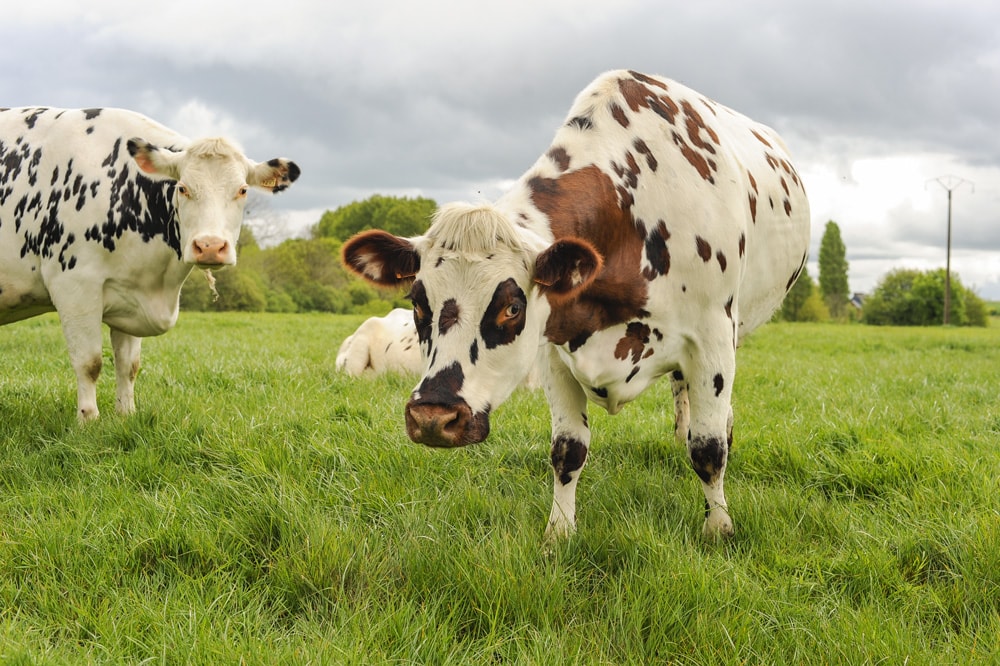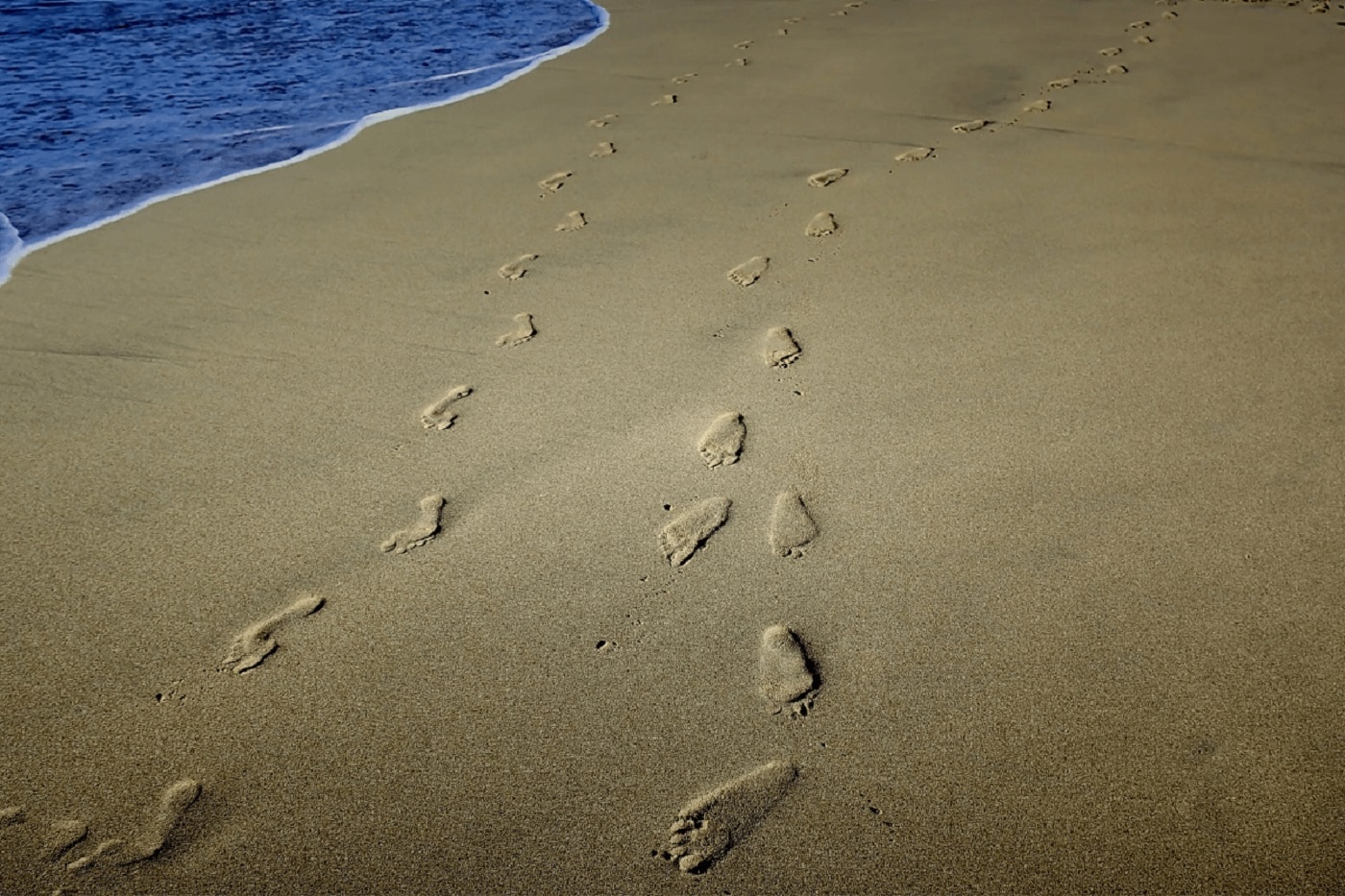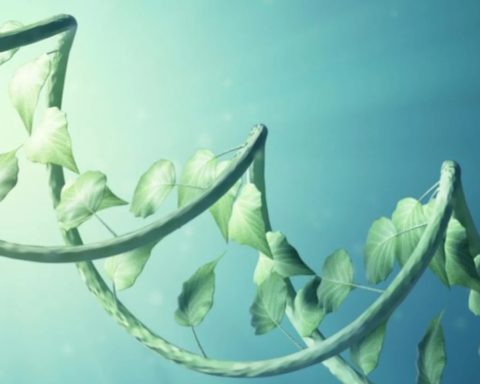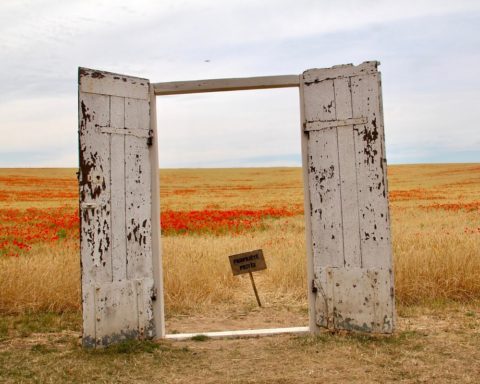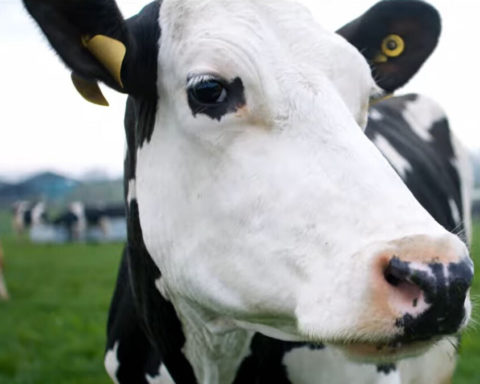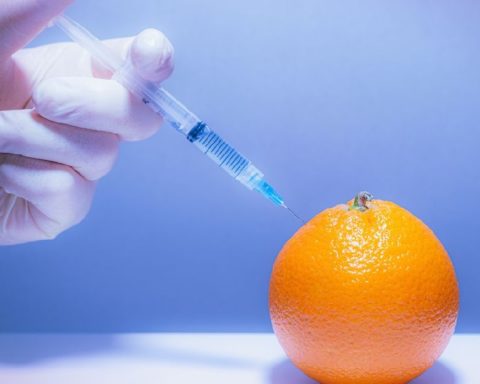They're cows like all the others. They graze quietly and watch the trains go by. Yet these 120 dairy cows at the experimental farm in Trévarez, in Finistère, are "low carbon" cattle, the subject of meticulous experiments to reduce their impact on the climate.
14 % of the greenhouse gases come from livestock farming. Dairy and meat production cows leave a considerable carbon footprint in the atmosphere. In addition to this, their feed supply today consists mainly of Brazilian soybean meal, which is proven to be responsible for the deforestation of the Amazon.
Cattle farming is being blamed for its responsibility in climate change. So much so that our fellow citizens, who are aware of it, say eat a lot less meat than before.
Breeders are in the firing line but they are also the first victims of global warming. Their pastures are dried out and they no longer know how to feed their animals.
Some of them, however, have decided not to succumb to fate. They took the bull by the horns and decided to review their practices from top to bottom. The cattle breeding industry in Brittany, the leading milk-producing region, has decided to adopt an ambitious "climate roadmap": to reduce its greenhouse gas emissions by 20% by 2025, by implementing an experimental research programme: the "low carbon farm".
Managed by the Chamber of Agriculture, this full-scale experiment is intended to disseminate its good practices to all farmers. « To be able to say that milk is produced in a dairy basin with the lowest possible environmental impact will undoubtedly be a determining factor in the future. "Pascal Le Coeur, an agricultural engineer and farm manager, told AFP.
Why not enjoy unlimited reading of UP'? Subscribe from €1.90 per week.
Mr. Everyman's cow.
Starting with a herd of Prim'Holsteins, "Mr. Everyman's herd," the technicians at Trévarez are ingenious at varying a battery of parameters to minimize the carbon footprint without harming the farm's finances. Since the main sources of emissions from livestock farming are animal feed and methane gas from digestion, Trévarez works hard on the cattle's meals. It has logically banned soybean meal, whose cultivation is accelerating deforestation in the Amazon, replacing it with rapeseed meal. « Rapeseed is better, but it has to be brought in by truck, so what we want to do is use other locally grown protein crops like faba beans. "says the manager.
Abundantly available on site, grazed grass makes up 60% of the summer rations. Grassland contains legumes to improve its nutritional value and is combined with locally grown forage corn, which is increased in winter to cope with the cold. In addition to their benefits in terms of food self-sufficiency and carbon footprint, the menus are judged by the methane gas released into the atmosphere, thanks to a device positioned near the jaws of ruminants.
To act on gross emissions, the technicians at Trévarez have also reduced chemical fertilizers, which emit nitrous oxide (N2O), in favor of organic fertilizers, which are themselves spread. as close to the ground as possible, or even by injection into the soil ", only when weather conditions prevent ammonia volatilization. In addition, crop rotation and reduced tillage are essential to preserve carbon.
To reduce the carbon footprint by 20%, the livestock environment and stored emissions must also be taken into account. « Gross emissions calculated from methane from digestion, feed type and manure application are partially offset by carbon storage. ", recalls Pascal Le Coeur. The meadows are thus preserved for at least seven years and hedgerows have been replanted to encourage the maximum accumulation of organic matter, and thus the storage of carbon.
Back to the wall
" There is no miracle recipe but a sum of small routes that lead us to a more virtuous breeding. ", sums up Pascal Le Coeur, recalling that environmental efficiency promotes climate resilience, " at a time when it will be increasingly difficult to produce milk with hotter, drier summers... ». It is true that livestock farming has paid a heavy price for this summer's drought and heat waves. « The effects of this summer's drought were compounded by several heat waves that stopped the grass from growing. This is a very good example of the "food" that cattle feed on," also notes Christine Valentin, Vice-President of the Chambers of Agriculture. In addition, " the other years, we at least saved the corn... "harvested in September. This will not be the case this year.
The early depletion of winter fodder stock leads farmers to send cows they can no longer feed to the slaughterhouse, i.e. "decapitalize" them. « When you have 100 cows and can only feed 80, the best solution is to kill 20 cows, because buying feed is not profitable. But decapitalization makes our herds poorer and we're penalized the year after... "explains Bernard Lannes, President of the Rural Coordination.
Farmers are therefore in a hurry to find solutions. The climate emergency is putting them up against the wall. Livestock farmers in the UK are also embarking on strategies to reduce their carbon footprint; their survival is at stake. Minette Batters, president of the National Farmers Union, told the Guardian that it would be difficult to make the sector climate neutral, but that an ambitious plan was needed because society would not forgive farmers. She added that farmers understood, better than anyone else, that climate change was the greatest challenge of our time. « We experience many more extreme weather events and are more affected than anyone else because our offices are located outdoors. "she says. « Last year was a scary year for our farm. Our spring barley died right in front of us "due to a lack of water.
As in France, the British National Farmers' Union believes that a good quarter of agriculture's emissions can be reduced by raising animals and farming more efficiently. Its plans focus on feed additives to reduce methane in animals and controlled-release fertilizers. Everyone agrees that agriculture must be radically transformed in the next ten years to stop environmental destruction.
Among the measures envisaged, some are very radical. Guy Shrubsole, a Friends of the Earth activist, states in the wake of several scientific studies: "We have to take action to protect the environment. Eating less but better quality meat is a crucial element in the fight against climate degradation. This would free up much more land for trees and agroforestry, which would absorb huge amounts of carbon from the atmosphere. ".
Revolution
Livestock farmers are increasingly aware that in order to avoid crossing our planetary limits, those beyond which we endanger our very existence, they need to implement a real revolution in their farming practices. This will not be easy because difficulties and resistance to change will combine. However, the ecosystems managed by farmers will have to aim as much as possible to take into account the domesticated environments in all their complexity. A systemic approach considering both the interactions between plants, humans and animals on the one hand, and biological, physical and climatic factors on the other.
To fight against disinformation and to favour analyses that decipher the news, join the circle of UP' subscribers.
This is largely ignored by intensive agriculture, which nibbles away at more and more forests and natural areas, which aims at yield per hectare while ignoring the added value per hectare; that which results from the difference between what is produced and what is destroyed. Intensive agriculture produces a lot, but it also destroys a lot by using chemicals and fossil fuels. The proponents of this agriculture have a strong argument to justify their practices: they are indispensable to feed the humans that populate our Earth sufficiently. An argument that is increasingly being challenged.
Because the world is changing. Many of the solutions needed to bring about this revolution are already being implemented in some parts of the world. Admittedly, scaling them up globally is no easy task, as their effectiveness depends on strong coordination and rapid scaling up, not just in the richest countries. Above all, the necessary changes imply a real revolution in behaviour and habits. Awareness raising is necessary but it must be global and involve both producers and consumers. From an early age, they must understand the impact of their food on the planet and encourage all professionals to change their practices.

With AFP

